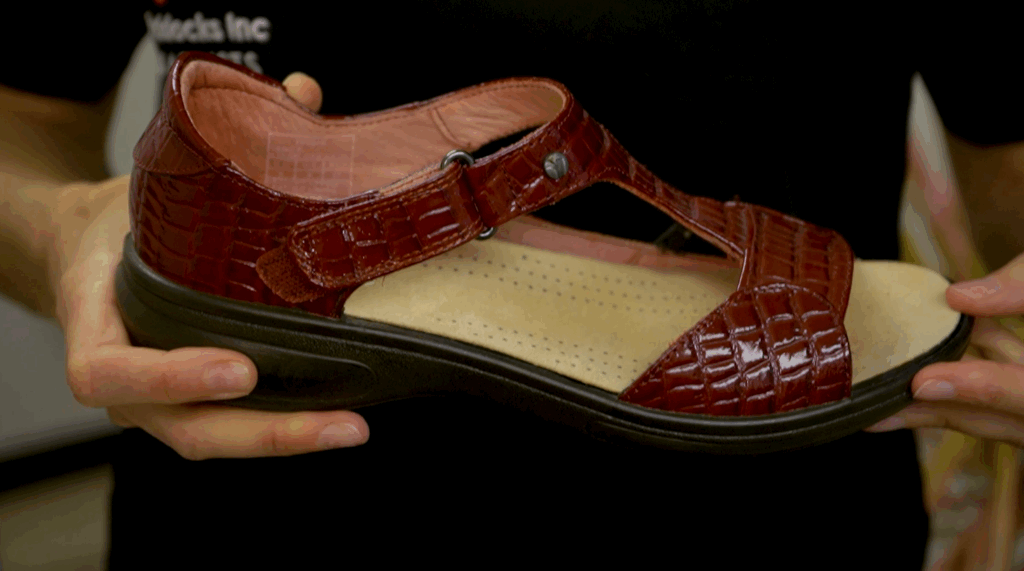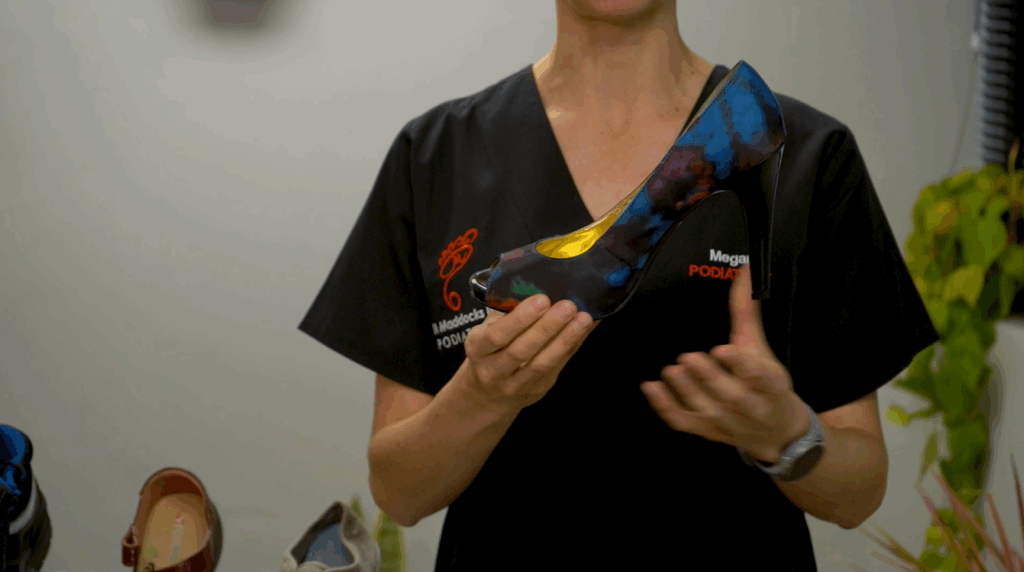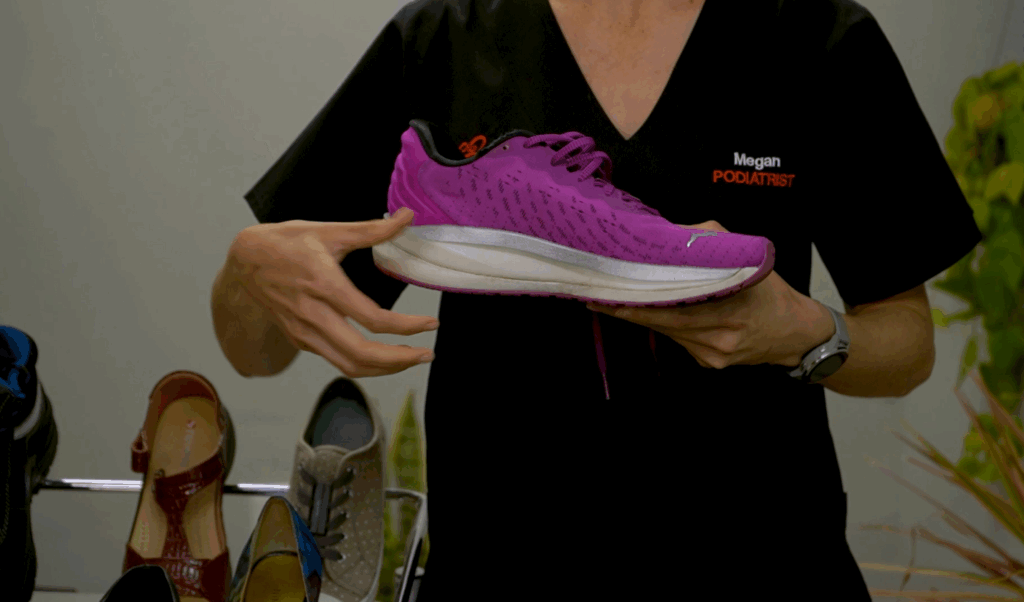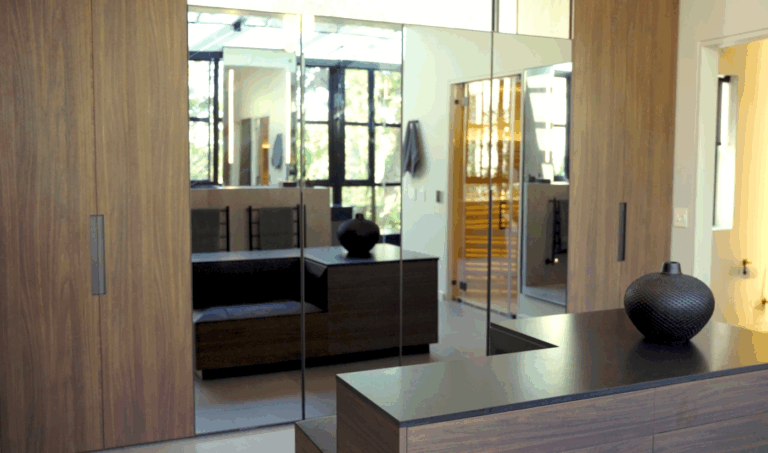A podiatrist’s quick guide to comfort, support, and style.
When it comes to footwear, fashion often wins, but your feet might disagree. We’ve all been guilty of suffering through a night in heels or squeezing into sneakers that look great but hurt like hell. The truth? Style should never mean sacrifice. According to podiatrist Megan Maddocks, comfort and support don’t have to come at the cost of style. “The right shoe not only looks good, it moves with you, supports you, and keeps you pain-free,” she says. With her expert guidance, you can find pairs that keep you looking chic and walking happy, one confident step at a time.

The Golden Rules of Shoe Shopping
First things first, a good shoe starts with a solid sole. Forget flimsy, cardboard-thin designs. You want padding, cushioning, and enough support to handle your stride. Next, your shoe should stay attached to your foot. That means avoiding slip-ons, sliders, and flip-flops for all-day wear. A back strap or laces keep your foot secure, so your muscles don’t overwork to hold the shoe on. And don’t forget adjustability. Whether your feet swell by day’s end or you have a narrower fit, laces or straps let you tweak your comfort, a small feature that makes a big difference.

Sneakers
When in doubt, start with a sneaker. Look for a sturdy sole and a firm heel-cup. The back of the shoe shouldn’t collapse when you squeeze it. A strong heel keeps your foot stable and aligned. And please, use your laces! They’re there for a reason to lock your foot in, improve fit, and prevent sliding or friction.
High Heels
We get it, they look good. But those sky-high stilettos are shifting all your weight onto the balls of your feet, cramping your toes, and increasing your risk of bunions and pain. If you must wear them, save them for short occasions, not a night of dancing or long hours on your feet.

Safety Boots
For those working in industries that require steel-toe boots, comfort is non-negotiable. While you might not have the luxury of breathable fabrics, some brands offer wider fits and softer soles. Your podiatrist can recommend options designed for long wear and protection without destroying your arches.
Orthopedic Shoes
Forget the “granny shoe” stereotype. Modern orthopaedic shoes are designed for real-life comfort and customisation. The insole can be removed and replaced with a custom orthotic, and adjustable straps help manage swelling throughout the day. Plus, newer designs look far better than you’d think.
Flat Shoes and Takkies
Flat shoes and casual takkies can be comfy, but watch out. If the shoe is too flat, it can strain your arches. Some people benefit from a slight heel lift, similar to running sneakers, for proper alignment and reduced tension.

Bottom line: The right shoe should fit your foot and your lifestyle. As Megan Maddocks reminds us: “When your shoes fit well, every step feels lighter.”





